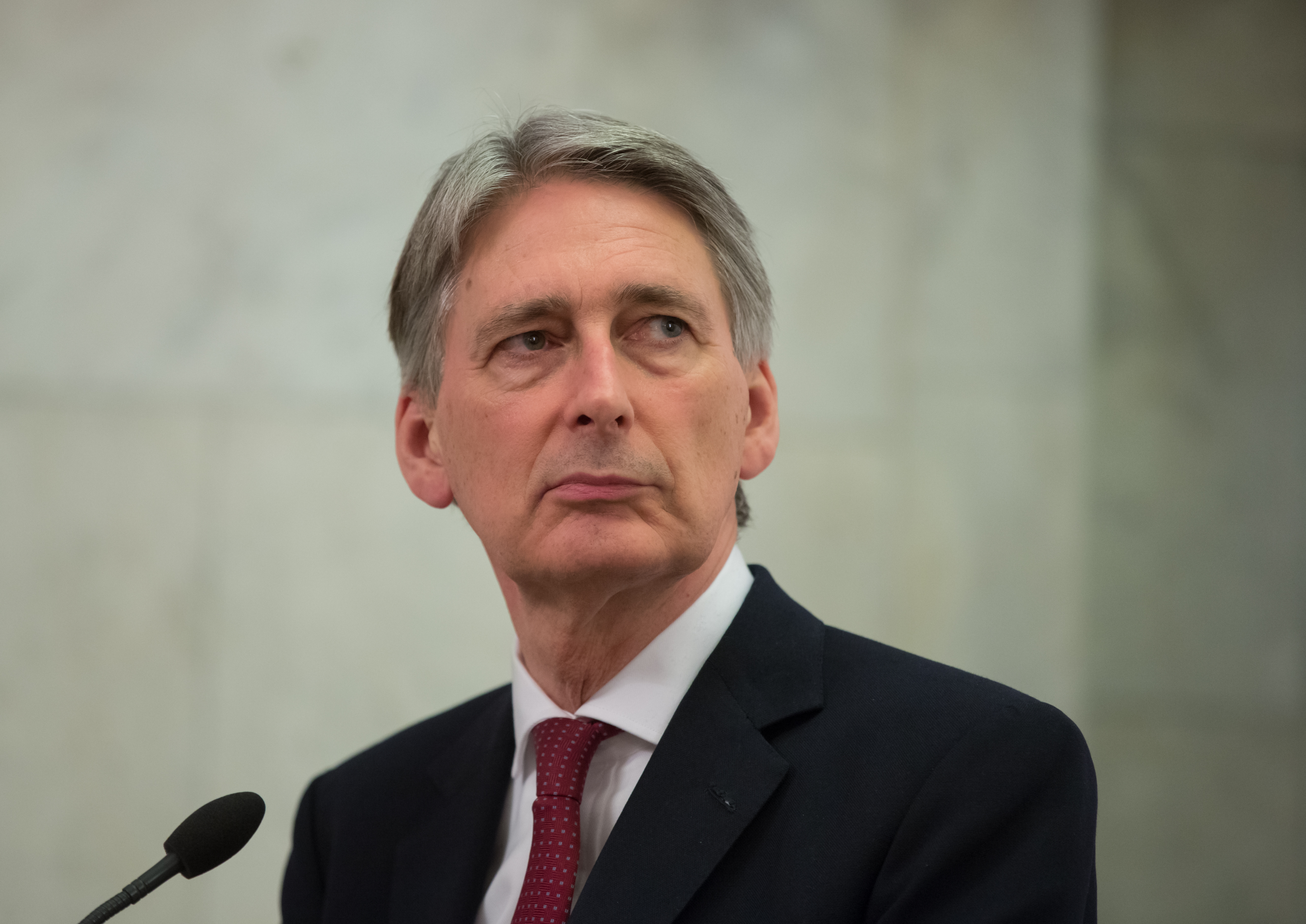Experienced Investor
Spring Statement: growth forecast cut but UK borrowing falls

As the UK teeters on the brink of a no deal Brexit, the government’s Spring Statement provided a mixed outlook for the UK’s economy.
With only 16 days until the UK is due to exit the European Union and a deal yet to be agreed, this uncertainty was reflected in the Office for Budget Responsibility’s (OBR) economic forecasts.
The OBR, the UK’s fiscal watchdog, lowered its forecast for UK economic growth forecast for 2019 from 1.6% at the October Budget to 1.2%. On a rolling 12-month basis, this would be the lowest figure recorded since 2009 – the year the UK started to stage a recovery following the recession that was caused by the financial crisis.
The OBR left its 2020 forecast unchanged at 1.4%, but raised its 2021 forecast to 1.6%, up from 1.4% last October. The fiscal watchdog expects the economy to continue to grow at a rate of 1.6% in 2022 and 2023 respectively.
Chancellor Philip Hammond pointed out that in spite of the backdrop of a slowing world economy, Britain’s economy is expected to grow in each of the next five years.
“This country, for the first time in decades, has genuine and sustainable choices about its future,” Hammond told the House of Commons.
Borrowing
There was positive news regarding the UK’s finances, with the OBR predicting that the UK’s budget deficit will total 1.1% of GDP in 2019, coming in lower than its previous forecast of 1.2% in the Autumn Budget. This equates to a £3bn reduction.
Government borrowing is set to fall from £29.3bn in 2019-20, to £21.2bn in 2020-21, £17.6bn in 2021-22, £14.4bn the year after, eventually falling to £13.5bn in 2023-2024. This would represent the lowest level recorded in 22 years.
This leaves the government with £26.6bn of headroom against its requirement to ensure the structural budget deficit stands below 2% of GDP in 2020-21, representing an increase from £15.4bn in October.
Hammond noted that “less borrowing means less debt”: the OBR predicts that public debt will fall from 82.2% of GDP next year and will continue to drop until it reaches 73% in 2023-24.
With debt on a downward path, the chancellor said the government will examine departmental spending in an upcoming three-year spending review, assuming that a Brexit deal is agreed over the coming weeks and the uncertainty clears.
Wage growth
The chancellor’s Spring Statement speech also included good news for wages. Hammond noted that the OBR has revised its forecast for wage growth upwards to 3% or higher every year until 2023. At the same time, he pointed to expectations that inflation is set to remain within the Bank of England’s 2% target.
The chancellor added that 96% of new jobs created last year were in full-time employment.
National Living Wage review
Hammond added that full-time workers on the National Living Wage, which is due to go up to £8.21 per hour from April 2019, have experienced increases since 2016. Later this year, the government is planning to set a new remit for the National Living Wage beyond 2020. Professor Arindajit Dube has been appointed to undertake a review of the latest international evidence on minimum wages to inform this policy.
This development has been welcomed by the Association of Accounting Technicians (AAT), a professional body.
“AAT is pleased that the Chancellor has recognised the importance of delivering higher pay rates and their impact on productivity, something we have repeatedly highlighted over the past couple of years,” said Phil Hall, head of public affairs and public policy.